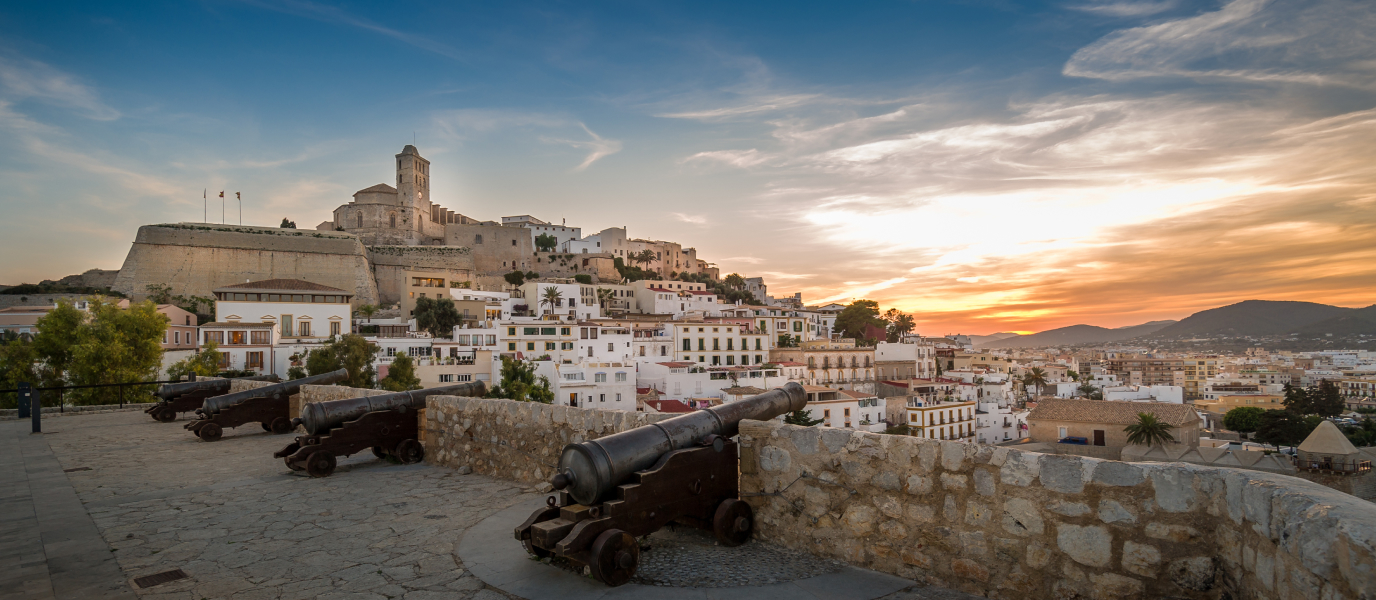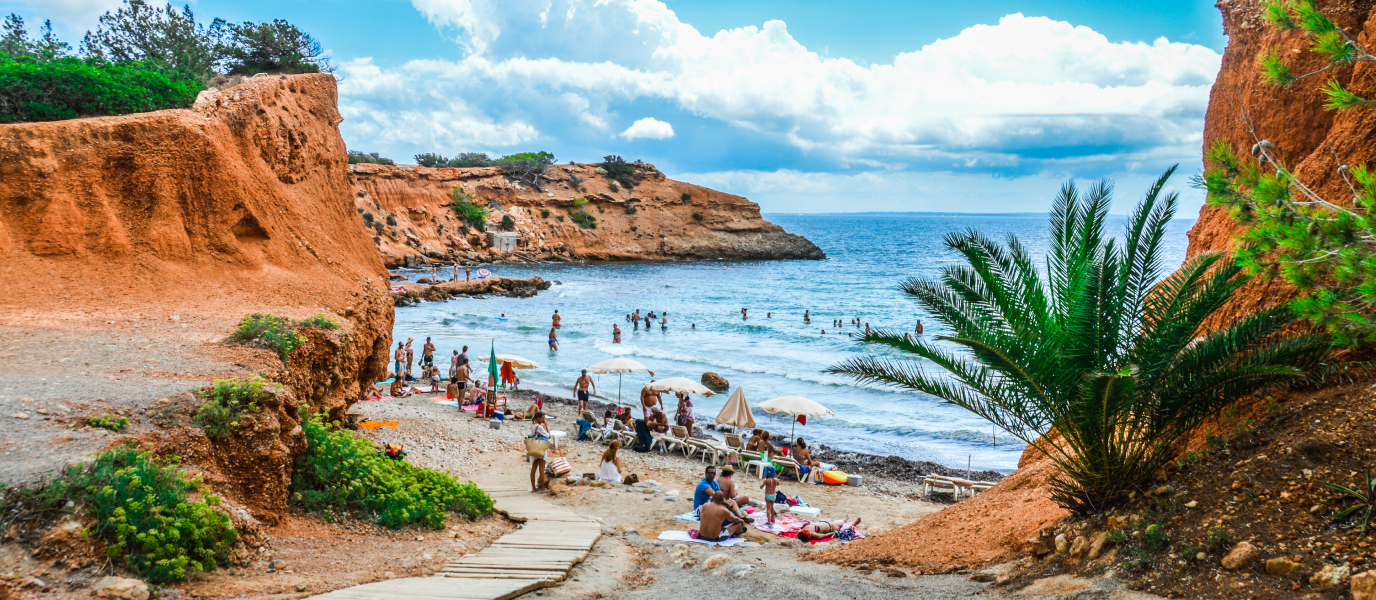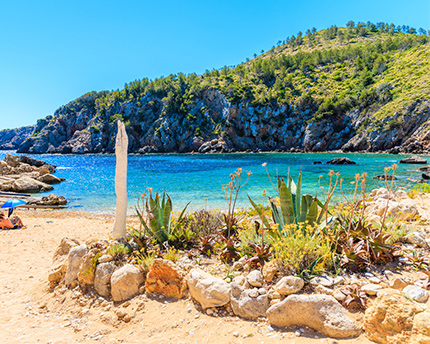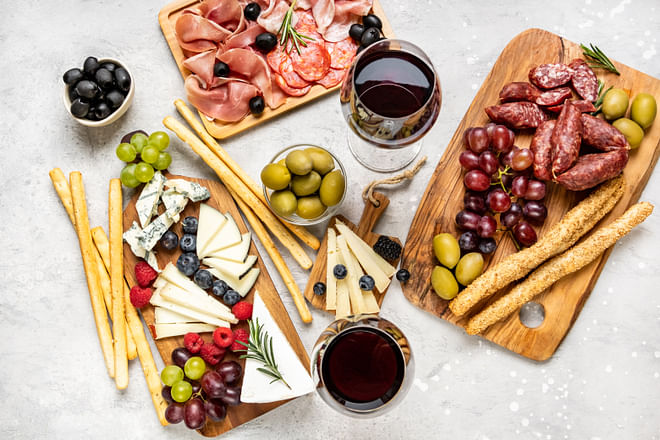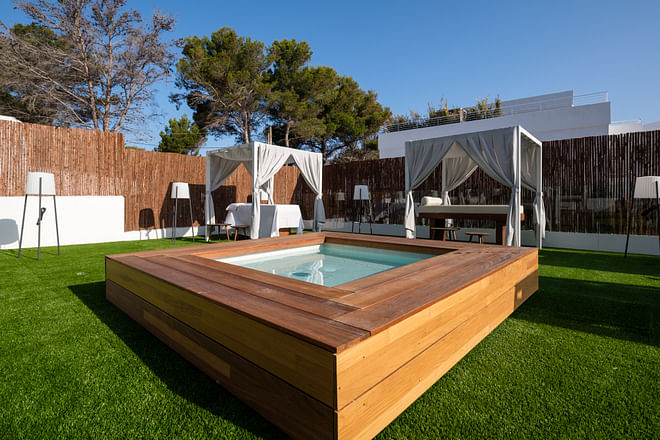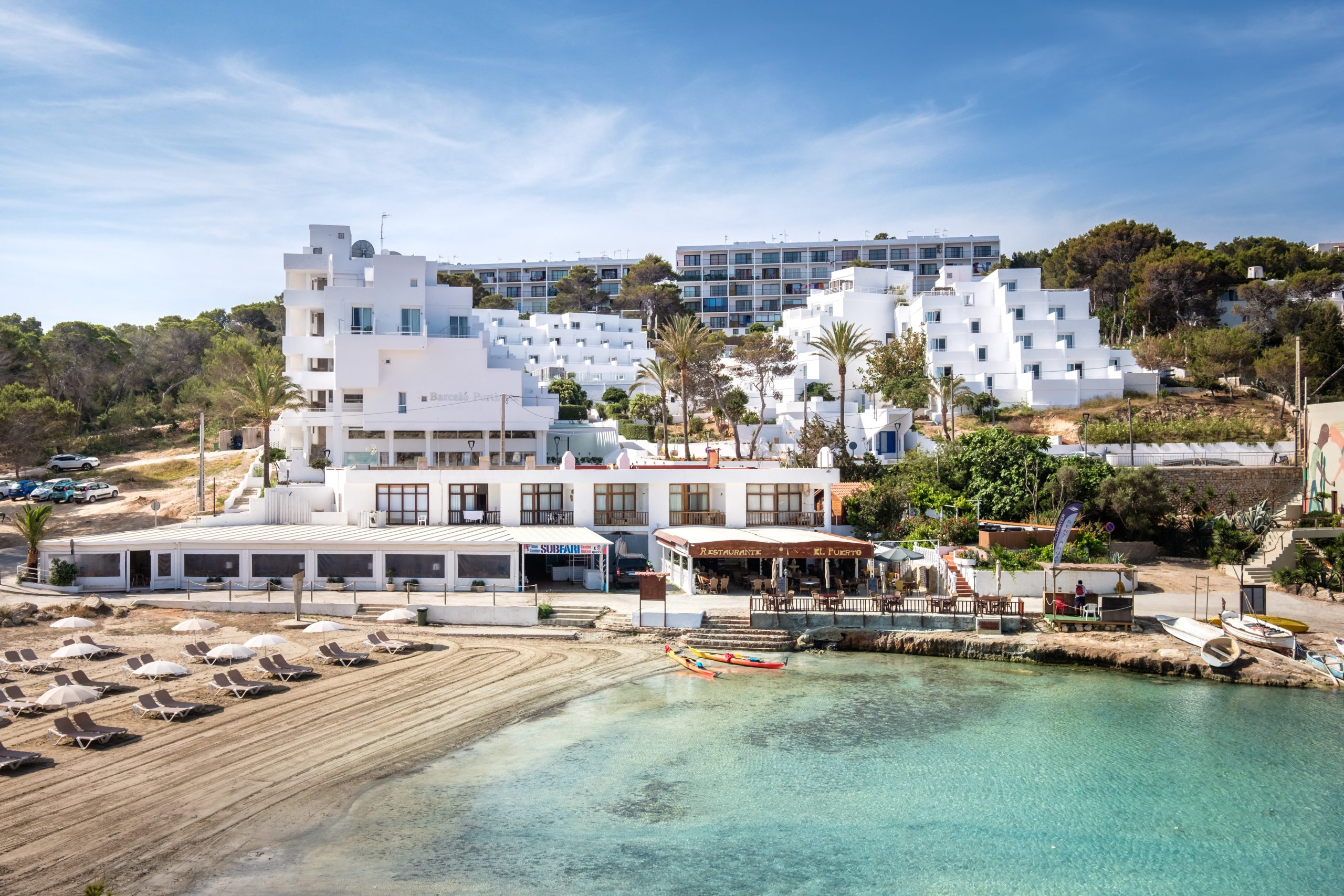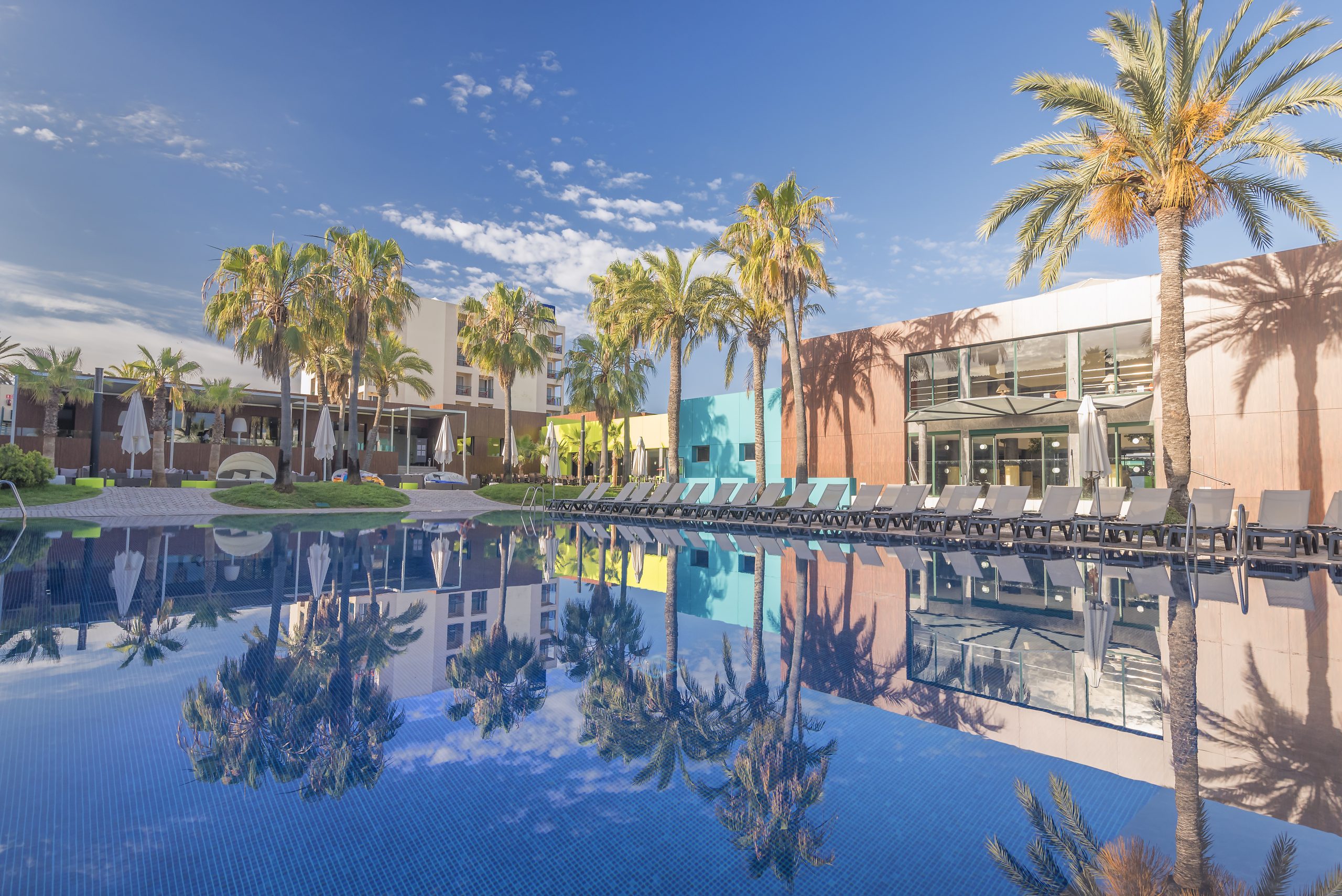Ibiza is an island of pristine coves, nightclubs and artists, of handcrafted goods and a long counter-culture tradition. But one of its best aspects is the way this busy lifestyle and the attractive, private Ibiza of white-washed houses live harmoniously alongside one another.
Ibiza was a made a UNESCO World Heritage Site in 1999 thanks to its wealth of nature, culture and architecture. It received the award for its fields of Mediterranean tapeweed, the Phoenician village of Sa Caleta and the walled Dalt Vila area. Its heritage site status is celebrated every year with a medieval fair.
In the 60s and 70s, Ibiza became popular around the world with the hippy crowd, travellers and nature-lovers. They recognised that it was a place where modern life, tradition, isolation and stunning landscapes complemented one another in a unique way. Pink Floyd even dedicated a song to one of its bars in 1969.
Dalt Vila: a walled town
Philip II decided to build a fortification at the top of the island at the end of the 16th century to protect it from pirate and Ottoman attacks. Ibiza was important because of its strategic location and trade in highly valued Ibizan salt. Engineer Giovanni Battista Calvi was commissioned to carry out the work and he used rock from nearby islands such as Es Freus and Atlantis.
Dalt Vila has stood like a rock above the white houses that cling to the slopes of Mount Puis de Vila ever since. Its different levels are lined with palm trees, bougainvillea, orchids and other brightly coloured flowers. Narrow, shady, cobbled streets wind beneath the shelter of the palm trees, past white-washed walls and gardens that peep out from behind gates. Climb Carrer Major to the very top and you’ll reach the cathedral square: open to the sea and the endless Mediterranean.
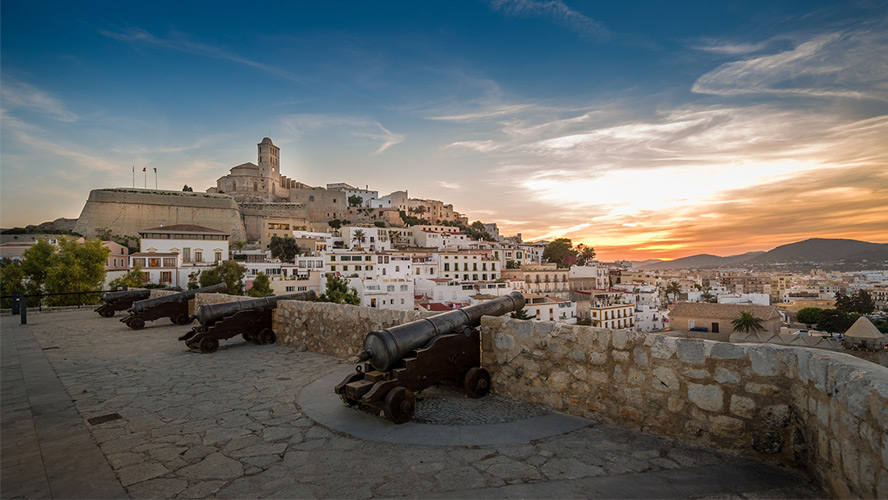
The old town is perfect for strolling around and discovering its many fascinating spots. Here as some of the best:
Fortified bastions
The Renaissance wall of Dalt Vila had a 1,800-metre-long perimeter with seven bastions and five gates. In olden times, bastions were used to improve the angle of fire and the effectiveness of shooting at enemies from the walls; today they’re used to take better panoramic photos of the city. San Bernard bastion looks out towards Formentera and Figuerets, while Santa Lucía bastion gives visitors one of the best views of Ibiza.
The city’s gates
The old city had five gates: Sa Portella was the only entrance from the Moorish citadel while Portal de ses Taules was and remains the main gate. Two statues and the royal coat of arms on high can be spotted at the end of its ramp, declaring that it was Philip II who ordered the city walls to be constructed.
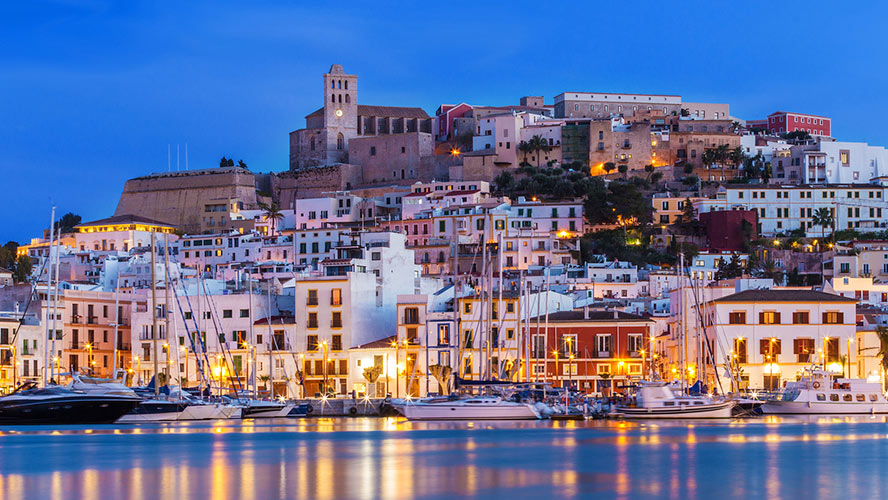
Museums
Dalt Vila has a highly varied range of museums. Visit the Museum of Contemporary Art, the Archaeology Museum, and the Madina Yabisa Interpretation Centre with information about the Moorish settlement.
Almudaina or Ibiza castle
The Almudaina was the part of the walled enclosure built by the Moors (before Dalt Vila). It’s currently joined to the castle and was originally the administrative and military headquarters of the wali or Moorish guard. Its pointed arches give it an elegant and stylised appearance and a visit is almost compulsory: this complex was an ace up the island’s sleeve when it was being considered for World Heritage Site status.
Cathedral of Santa María de las Nieves
Ibiza cathedral is inside Dalt Vila and was built on top of the old Yesbisah mosque, which in turn was probably constructed on top of an ancient Roman temple. Its original structure dates from the 14th century but significant reconstruction work three centuries later have given it a firmly Baroque flavour. Sombre and robust, it was intended to be both a religious and military building because it had to be able to defend itself from frequent coastal attacks.
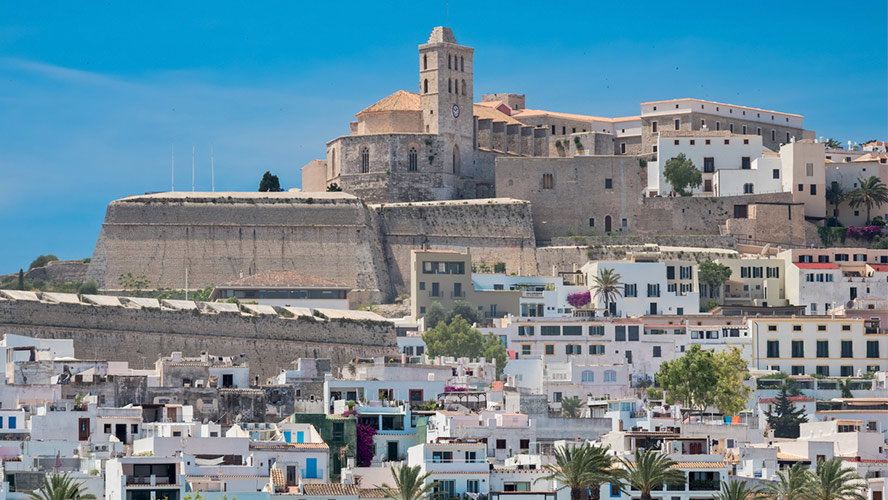
La Marina: a cosmopolitan neighbourhood
La Marina neighbourhood runs from the foot of the wall to the port. It’s a now lively area but was once home to fishermen, shipyard workers and stevedores. Enjoy wandering along its delightful narrow streets lined with brightly coloured blinds and shutters. Here you’ll find Portal de Ses Taules and the Mercat Vell, the old farmers’ market, which still sells fruit and vegetables inside.
La Marina is definitely the perfect neighbourhood for a stroll with plenty of atmosphere, leisure, music, art galleries, plus shops selling handcrafted goods, souvenirs and luxury items. A street market is held here every night from May to October selling a wide range of products.
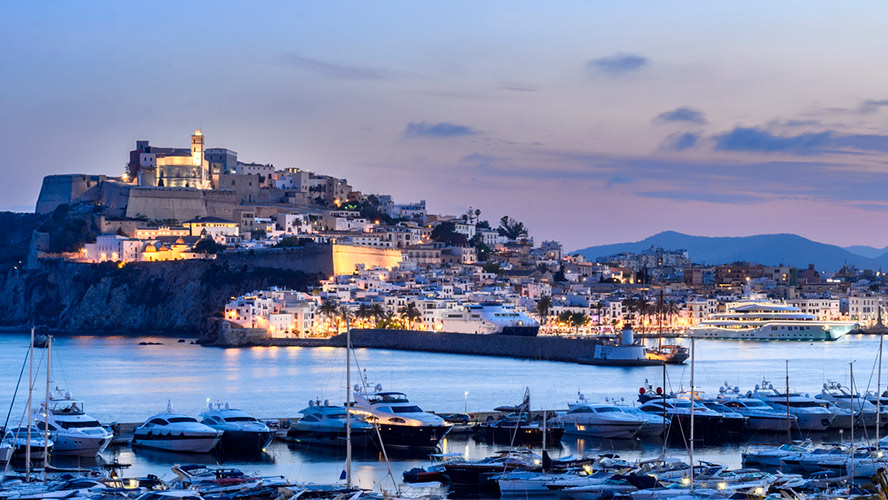
It was originally home to people who didn’t have a place inside the walled city: poorer people who were under greater threat from attacks by corsairs. Today it’s one of the city’s main leisure attractions. The medieval neighbourhood of Sa Penya is to its right and the city expanded into the area to its left, which is reached along Paseo Vara del Rey.
Plaza del Parque or S’Almera and Paseo Vara del Rey
Vara del Rey is the main street in Ibiza Town and is lined with shops and restaurants. It has notable Neo-colonial buildings such as Hotel Montesol (1933) which is listed as an Asset of Commercial Interest, and Café Montesol, closely linked to hippy culture. At 250 m in length it’s the longest street in the city and street markets, Christmas concerts, jazz festivals and carnival celebrations are held here. In 2017 it was refurbished and pedestrianised.
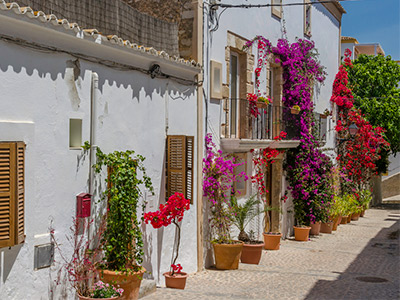
Paseo Vara del Rey separates the old part of the city from its expansion that was designed at the beginning of the 20th century. Stroll along under the shade of large trees beside colourful flowers and shrubs and soak up the cosmopolitan vibe of this area close to the port.
Central Plaza del Parque or Plaça del Parc is next to Paseo Vara del Rey. Here you can have lunch or go out at night and enjoy the bohemian atmosphere of its numerous terraces. It used to be known as El Amarradero (the hitching post) because farmers visiting the city would leave their horses and carts here. Today it’s a meeting point for street musicians, artists, jugglers… People who have established Ibiza’s fame as a refuge for creativity and culture.







































































